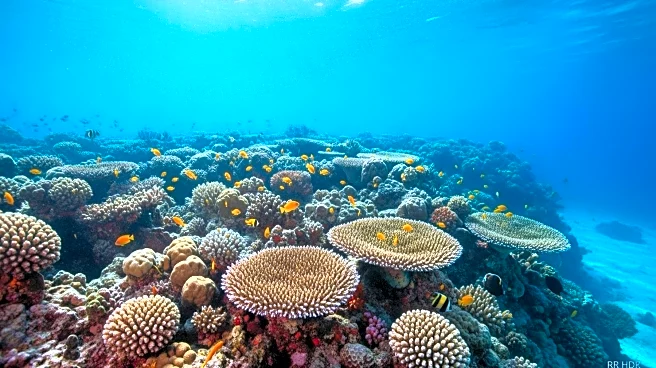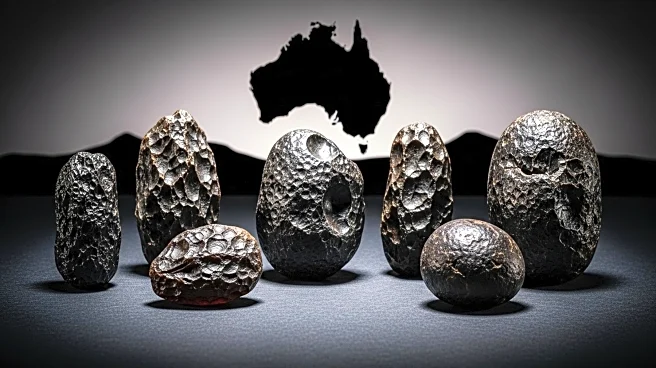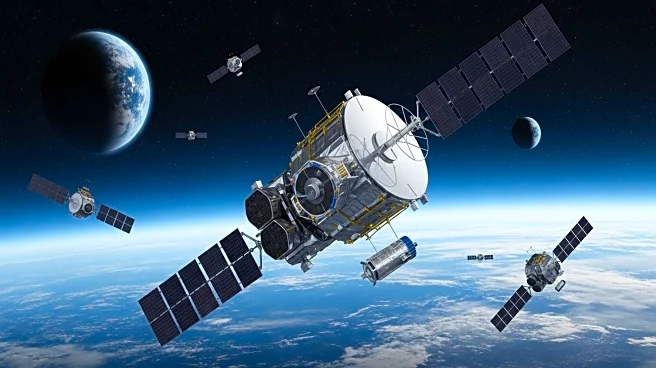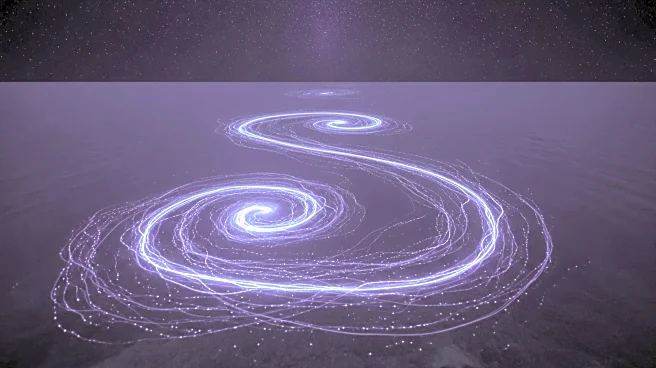What's Happening?
NASA satellites have captured a stunning bioluminescent phytoplankton bloom off the southern coast of Australia, visible from space. This turquoise glow is caused by high concentrations of chlorophyll-a in the phytoplankton, supporting a rich marine ecosystem. The bloom attracts various marine species, including blue whales, and highlights the seasonal nature of oceanic blooms. The phenomenon underscores the importance of satellite technology in oceanographic research and understanding marine ecosystems.
Why It's Important?
Bioluminescent phytoplankton blooms play a crucial role in marine ecosystems, supporting biodiversity and contributing to global oxygen production. The ability to monitor these blooms from space provides valuable insights into ocean health and climate dynamics. Understanding the patterns and impacts of such blooms can inform conservation efforts and policy decisions related to marine protection. The visibility of these blooms from space emphasizes the interconnectedness of marine processes and global environmental health.
Beyond the Headlines
The presence of bioluminescent phytoplankton highlights the intricate balance of marine ecosystems and their role in sustaining life on Earth. These blooms serve as a reminder of the ocean's vital contribution to climate regulation and biodiversity. The use of advanced satellite technology in capturing these phenomena demonstrates the potential for scientific exploration to uncover hidden wonders and address environmental challenges. Continued research in marine science is essential for preserving biodiversity and addressing climate change.










